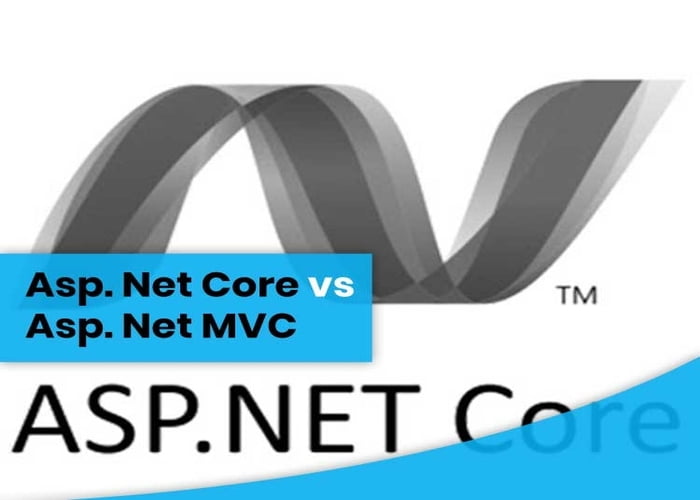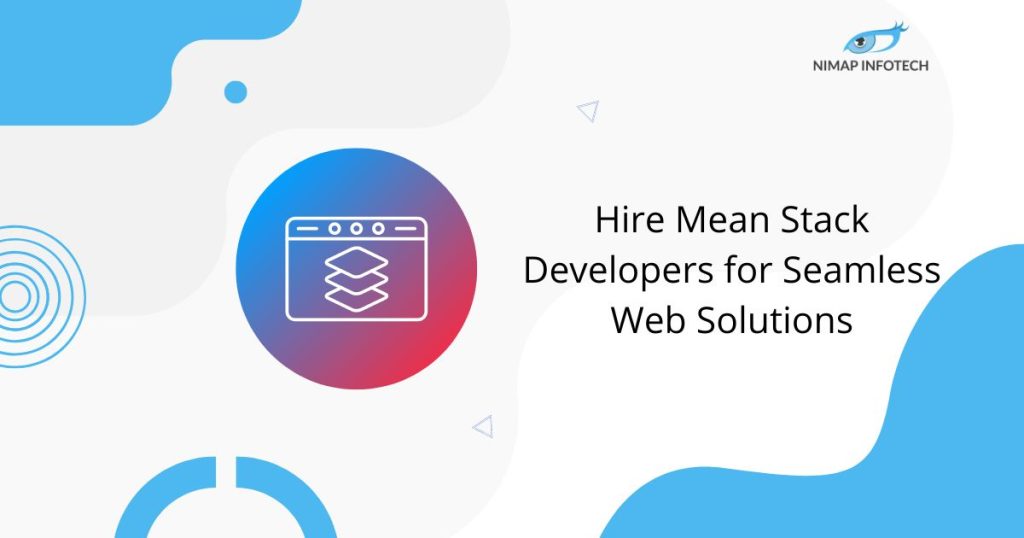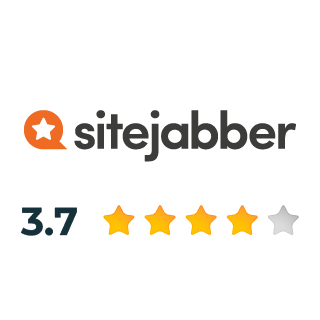The engineer can set the different circumstances in the ASP program, and utilize this language to deal with the substance of any page. Be that as it may, your guest may not be extremely worried about the backend content of a page, they are more keen on the substance, plan and speed of the application.
The better the speed and execution they get from recently utilized applications, the more joyful they become. In the event that you have insight with Visual Basic or comparative visual structure advancement instrument, then, at that point, you can without much of a stretch begin with ASP.NET.
Given the short introduction, let us currently dive a piece further into the benefits and impediments of the structure.
1) It takes into account partition of concern:
ASP.NET follows the MVC engineering, which takes into consideration separate information, cycle and result of the application. This three-level design, Model-View-Controller has interconnected parts, and can deal with explicit improvement parts of programming applications.
2) Reduces coding time:
The structure innovation is a major assistance in decreasing coding time, particularly when you are growing huge applications. There are various sorts of code surveys, so you get no opportunity of composing a terrible code. Code surveys would assist you with further developing code quality.
3) Consists of some of out-of-the crate highlights:
ASP.NET conveys upgraded execution and versatility. It likewise accompanies highlights like without a moment to spare accumulation, early restricting, local enhancement and reserving administrations, and they also further develop execution a few bit higher. The codes here are not deciphered like customary ASP pages.
4) World class tool kit:
The system accompanies inconceivably rich tool stash through its Visual Studio incorporated improvement climate. This tool compartment goes about as a vital structure system for the structure, and helps the designer to make applications rapidly. The tool compartment is popular for its highlights like drag-and-
drop server controls WYSIWYG altering, and programmed organization.
5) Delivers power and adaptability:
The system language depends on normal language runtime, so all the web application engineers can appreciate adaptability and force of that whole stage. It is likewise language free, so you can pick the language for your application or even separation your application across a few dialects.
6) Simplicity:
Each assignment can be performed effectively, even the most well-known ones to the confounded and interesting ones. The normal language runtime makes improvement process a straightforward one, with administrations like trash assortment and programmed reference counting. The system allows you to assemble UIs that can isolate application rationale and show code.
7) Customizability and Extensibility:
The very much calculated design of the structure is a significant assistance to engineers. You can without much of a stretch broaden or supplant the subcomponent of the ASP.NET runtime with the assistance of your own exceptionally pre-arranged parts. Carrying out those have become significantly more straightforward.
8) Security
Security is a decent component of the system language. You can foster secure applications through worked in Windows confirmation and per-application design highlights.
9) Manageability
The incredible sensibility component of the structure is contributed through its text based progressive arrangement framework. What’s more, since these setups are fused as plain texts, you can simply utilize the nearby organization devices to apply the new settings. This makes assignments a lot more straightforward, with no server restart, or with the need to send them independently, or supplant running gathered code.
10) Benefit of ceaseless observing
Ceaseless and steady observing is a staggering component of ASP.NET. You don’t need to stress over the situation with the applications, parts and the actual pages. The program keeps an eye out for any such unlawful occasions, and assuming anything occurs (for instance, memory jumps of limitless circles), it would quickly ascend right into it by annihilating the exercises, and restarting itself.
Also Read: Asp. Net vs NodeJS
Let’s look at the differences between ASP.Net Core vs ASP.Net MVC
By stating that ASP.NET MVC, we are referring to MVC 5 which is the latest version released by Microsoft.
Difference 1 – There exists Singly aligned web stack for ASP.NET Core MVC and Web APIs
ASP.NET MVC 5 will easily provide developers with the option of choosing MVC or Web API or both while creating a web application. This is because both the web stack for MVC 5 as well as Web API are different from each other.
ASP.NET Core MVC is now equipped with a single aligned web stack for both MVC as well as Web API.
Difference 2 – Project(Solution) Structure Changes
If as a developer, you see ASP.NET Core MVC solution explorer, there is no presence of Web.config, Global.asax. Then how does ASP.net Core deals with configuration settings, authentication and application start specific code execution.
appsettings.json, custom configuration files are some of the files which do the work of missing files from ASP.NET MVC 5.
Difference 3 – ASP.NET Core is able to target Full .NET and .NET Core
We at Nimap infotech, have been working on the full .NET framework, it is an amazing experience till now and will continue to be. Then what does the .NET core provide? .NET Core is nothing but a general purpose development platform maintained by Microsoft and the .NET community on GitHub. This platform is cross-platform supported, it also supports Windows, macOS, and Linux, and can be easily used in device, cloud, as well as embedded/IoT scenarios
Did we say cross-platform !! Yes, now we can develop ASP.NET Core web apps making use of the .NET core and run in either Windows or Linux or Mac.
Wait it’s not over yet, not only we can develop in Windows OS, but the development is also possible in Linux, Mac using Visual Studio Code or any other code editors like Vim, Atom, Sublime
Difference 4 – ASP.NET Core apps don’t require IIS for hosting
As .net developers, don’t get surprised, the major or main goal of ASP.NET Core is to provide cross-platform facility making use of the .NET Core. With this in mind, Microsoft decided to host ASP.NET Core applications not only on IIS but they can be self-hosted or use the Nginx web server on Linux. Kestrel will prove to be an internal web server for request processing and handling.
Difference 5 – wwwroot folder for static files
The wwwroot folder that is provided, represents the actual root of the web app when running on a web server. Static files such as config.json, are not present in wwwroot and it will never be accessible. There is no need to create special rules to block access to sensitive files.
These static files might be plain HTML, Javascript, CSS, images, library etc.
In addition to the provided security benefits, the wwwroot folder is also able to simplify common tasks like bundling and minification.
Difference 6 – New approach to Server side as well as client side dependency management of packages.
Any .NET developer or programmer would be familiar that References folder holds and keeps all DLLs, and NuGet packages for particular .NET Framework. As developers, you can leverage the experience of working in the Visual Studio IDE. You will be able to deploy ASP.NET Core applications either on Windows, Linux or Mac using .NET Core.
Client-side dependency management is more important as well as crucial because the client-side has more different packages from the server side.
Client-side will surely have manage and have jQuery, Bootstrap, grunt, any Javascript frameworks such as AngularJS, Backbone etc, images, style files. Client-side package management in open source community has two names “LibMan” (newly launched) as well as “NPM”. They are part of the “Dependencies” that are available.
Difference 7 – Server-side packages save space in ASP.NET Core
Developers have made use of NuGet package manager in order to add a reference to assemblies, library, frameworks or any third-party packages.
There are 30 sample ASP.NET applications present, all of them use NuGet packages to reference dependencies each costly approx 70 MB disk space, so developers end up nearly using 2GB disk space for storing packages even though they all are same. There are some SMART developers who know this issue, they have some workaround of their own.
ASP.NET Core has been designed to make use of storing all the packages related to its development in Users folder and while creating ASP.NET Core applications, Visual Studio will reference them from Users folder.
Difference 8 – Inbuilt Dependency Injection (DI) support for ASP.NET Core
Dependency Injection (DI) is able to be implemented and it achieves loosely coupled more testable code, it’s very important because it helps with writing unit testing. In ASP.NET MVC 5/4 or classic ASPX based applications, developers used to have separate DI containers such as Unity, AutoFac, StructureMap and more.
We had to build up our project in order to use DI, it was an additional effort.
Now, this has changed in ASP.NET Core applications. Dependency injection is inbuilt and integrated into the core. That is there is no setup headache for DI. You just need to create some services and get ready to use DI.
Its main purpose of DI is the configuration of services such as EF, Authentication, adding MVC as well as handwritten custom services like IEmailServer and ISmsSender.
Difference 9 – User Secrets of ASP.NET Core
Many times, as developers we keep sensitive data during our development work inside a project tree. We often mistakenly share these secrets with others through sharing of code, accidentally adding it to TFS (source control).
Once in a while, as developers we might have experienced this. ASP.NET Core based applications have now provided us with the concept of User Secrets; The Secret Manager tool provides a more general mechanism in order to store the sensitive data for development work outside of your project tree.
There are many other differences compared to ASP.NET MVC 5/4. But without writing single of code if we can find these differences then it means Microsoft has moved much ahead in terms of making ASP.NET Open Source.
Read More: PHP Vs Asp.Net
Conclusion:
We have listed down all the similarities and differences of ASP.Net Core vs ASP.Net MVC. If you liked this article then do check out our other topics as well. If you are looking to hire ASP.net developers then contact us at enquiry@nimapinfotech.com with your requirements. We have talented and experienced developers looking to onboard your project with a full customer satisfaction guarantee.







































